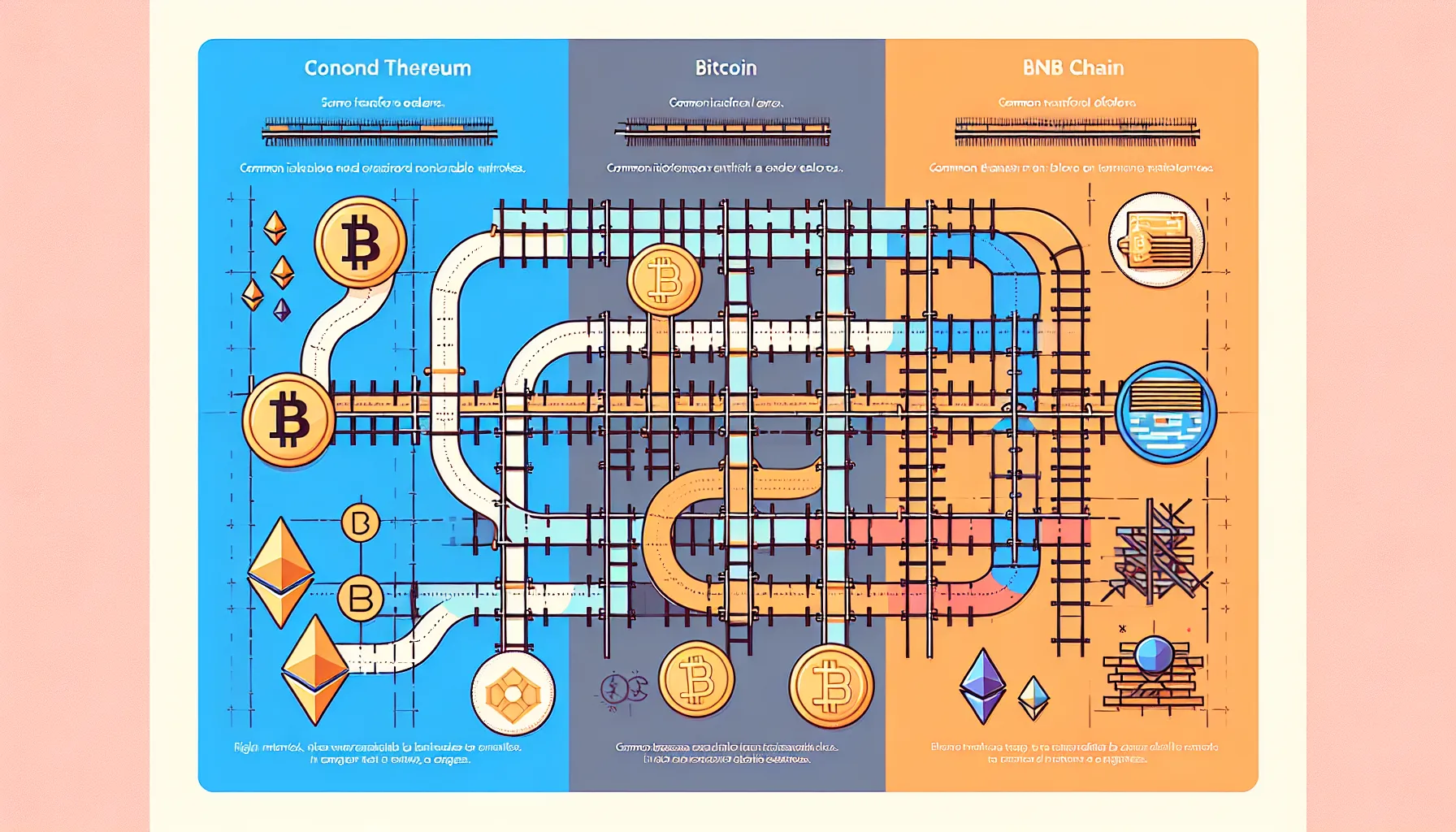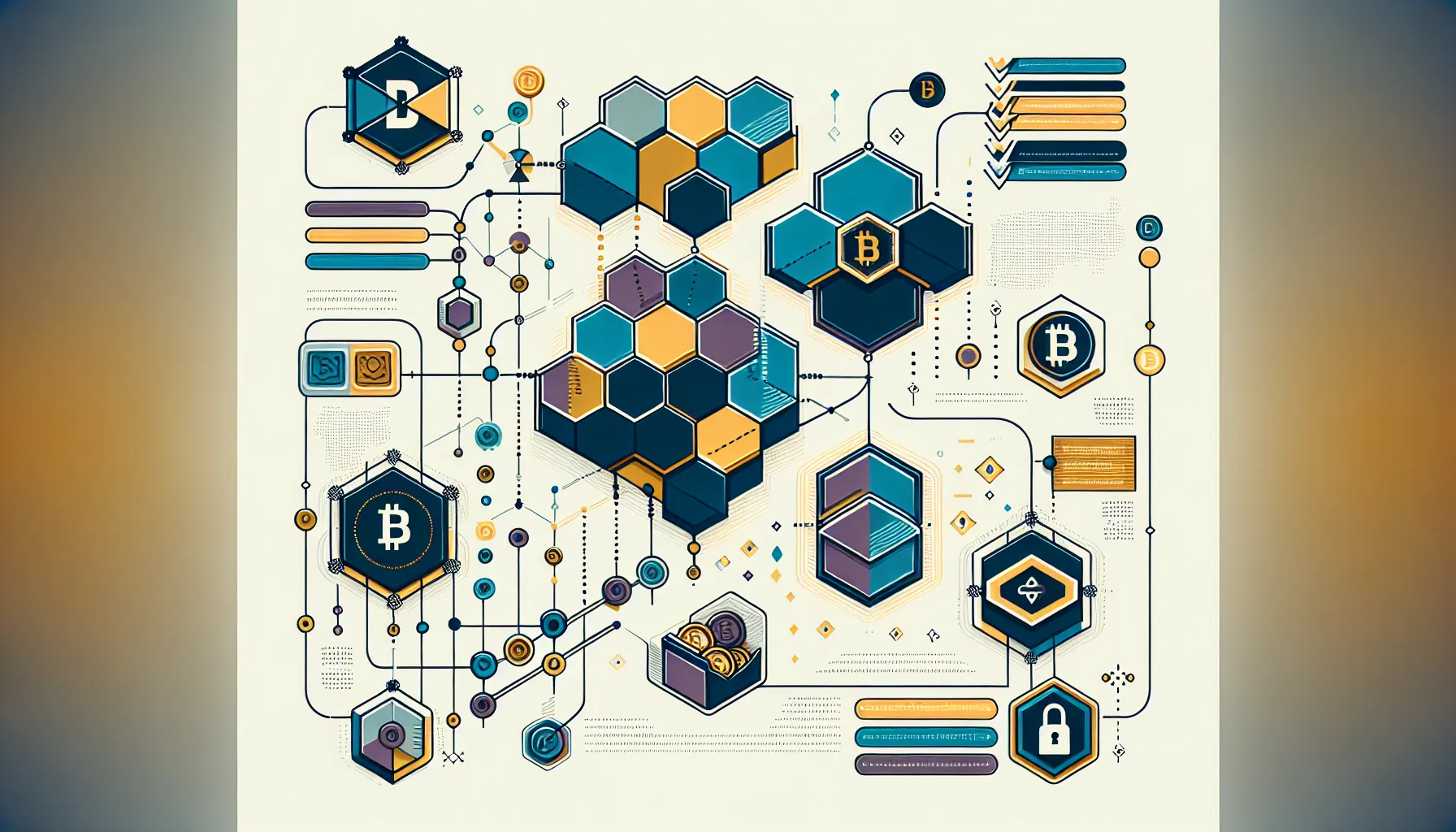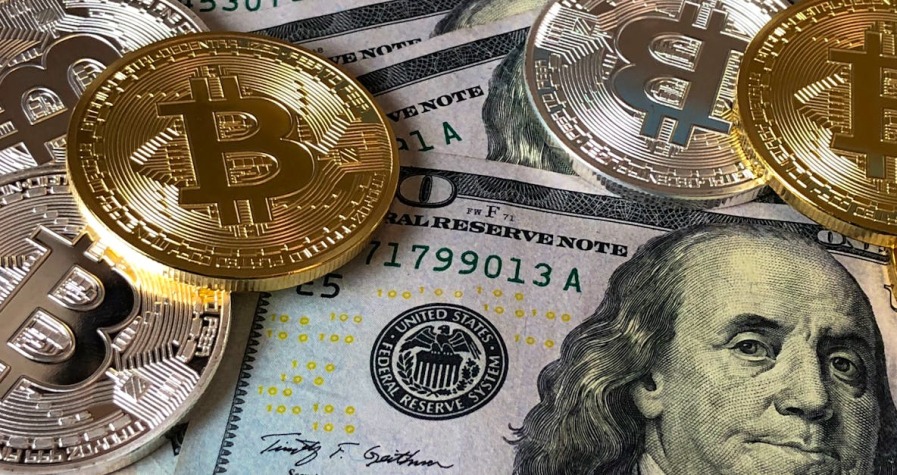Moving cryptocurrency between different blockchain networks should be straightforward, but one wrong click can turn a simple transfer into a costly mistake. Every year, thousands of users lose funds, sometimes permanently, because they selected the wrong network, used incompatible addresses, or trusted an insecure bridge without doing their research. The good news? These losses are almost always preventable with careful preparation and a solid understanding of how cross-network transfers actually work.
For anyone new to crypto, the idea of networks, bridges, and wallet compatibility can feel overwhelming. But the reality is that moving assets safely is less about technical expertise and more about following a clear process and double-checking every step. Whether someone is trying to move tokens from Ethereum to Binance Smart Chain, or simply withdraw funds from an exchange on a different network, the principles remain the same: verify compatibility, choose a reliable method, and always test with small amounts first.
This guide breaks down exactly how to move crypto across networks without losing funds, covering the methods available, the steps to follow, and the safety precautions that make all the difference. By the end, readers will have the confidence to navigate cross-network transfers with clarity and control.
Key Takeaways
- Always verify that both your wallet and the recipient support the specific network before attempting to move crypto across networks to prevent irreversible loss.
- Using a centralised exchange as an intermediary is often the safest method for beginners moving crypto between networks, offering customer support and reduced user error.
- Execute a small test transaction first when transferring large amounts or using a new bridge or wallet to confirm compatibility without risking significant funds.
- Research cryptocurrency bridge security thoroughly by checking audit history, user reviews, and track records before trusting any platform with cross-network transfers.
- Double-check network selection and wallet addresses at every step, as selecting the wrong network is the most common mistake leading to permanent fund loss.
- Blockchain transactions are irreversible by design, making careful preparation and verification essential when moving crypto across networks.
Understanding Blockchain Networks and Why Moving Crypto Can Be Risky

Before diving into the mechanics of moving crypto, it’s essential to understand what blockchain networks are and why they don’t always play nicely together. This context explains why the wrong transfer can result in permanent loss, and why careful preparation matters.
What Are Blockchain Networks?
Blockchain networks are decentralised digital ledgers that record transactions across a network of computers. Each blockchain operates according to its own set of protocols and standards, meaning they function independently of one another. Popular networks include Ethereum, Bitcoin, Binance Smart Chain (now BNB Chain), Polygon, Avalanche, and Solana, among others.
Whilst these networks share the broader concept of blockchain technology, they’re not inherently interoperable. Think of them as separate railway systems: trains on one line can’t automatically run on another without the right infrastructure. Similarly, a token that exists on Ethereum can’t simply appear on Binance Smart Chain without a proper transfer mechanism, and sending it to the wrong address or network can make it irretrievable.
Each network has its own native cryptocurrency (like ETH for Ethereum or BNB for BNB Chain), transaction fees, and address formats. Some networks support similar address structures, which can be confusing, but that similarity doesn’t guarantee compatibility. Just because an address looks valid doesn’t mean it will work on the network you’re targeting.
Common Mistakes That Lead to Lost Funds
Most losses during cross-network transfers stem from a handful of preventable errors. Understanding these pitfalls is half the battle.
Selecting the Wrong Network for Withdrawal or Deposit
This is the most common mistake. When withdrawing from an exchange, users must choose which network to send the asset on. Selecting Ethereum instead of Binance Smart Chain, or vice versa, can result in funds being sent to an address that exists on the wrong blockchain, where they become inaccessible.
Using Incompatible Wallet Addresses
Not all wallets support every network or token standard. Sending an ERC-20 token (Ethereum-based) to a wallet that only supports Bitcoin, for example, will result in loss. Even if the wallet supports multiple networks, users must ensure the specific address corresponds to the correct chain.
Failing to Double-Check Recipient Addresses
A single character mistake in a wallet address can send funds into the void. Unlike traditional banking, blockchain transactions are irreversible. There’s no customer service to call if funds are sent to the wrong place.
Not Verifying Bridge or Transfer Protocol Security
Cryptocurrency bridges, tools that enable cross-network transfers, vary widely in security. Some have been exploited by hackers, resulting in massive losses for users. Trusting an unvetted or poorly secured bridge is a gamble that often doesn’t pay off.
Each of these mistakes can result in funds disappearing permanently, with little to no recourse for recovery. The key takeaway? Attention to detail and verification at every step are non-negotiable.
Methods for Moving Crypto Across Networks Safely
There are several methods for transferring crypto between networks, each with its own advantages and risks. Choosing the right one depends on the asset, the networks involved, and the user’s comfort level with different tools.
Using Cryptocurrency Bridges
Cryptocurrency bridges are protocols designed specifically to move assets between different blockchains. They work by locking the original asset on one chain and minting an equivalent version on another, or by facilitating a swap through liquidity pools.
Bridges come in two main types:
Custodial Bridges
These involve a third party holding the original asset whilst issuing a representation on the target chain. They’re generally easier to use but require trust in the intermediary.
Non-Custodial (Trustless) Bridges
These use smart contracts to automate the transfer without a middleman. They’re theoretically more secure from a trust perspective, but smart contract vulnerabilities can still pose risks.
Security varies significantly between bridges. Traditional bridges have been targeted by hackers, with some high-profile exploits resulting in hundreds of millions in stolen funds. Before using any bridge, it’s essential to investigate its reputation, audit history, and user feedback. Look for bridges that have been audited by reputable security firms and have a track record of safe operation.
Popular bridges include platforms like Synapse, Hop Protocol, and Stargate, but the landscape changes frequently. Always research current options and reviews before committing.
Centralised Exchanges as Intermediaries
For beginners, using a centralised exchange is often the safest and simplest method for moving crypto across networks. Many major exchanges, such as Binance, Coinbase, and Kraken, support deposits and withdrawals on multiple networks for the same asset.
The process is straightforward:
- Deposit the asset to the exchange from the original network.
- If needed, convert it to another cryptocurrency that’s supported on the target network.
- Withdraw the asset, selecting the desired network during the withdrawal process.
This method eliminates direct interaction with bridges and reduces the chance of user error. The exchange handles the complexity behind the scenes, and their customer support can assist if something goes wrong. But, users must pay attention to withdrawal fees, which can vary significantly between networks, and ensure they select the correct network when withdrawing.
One downside is the need to trust the exchange with custody of funds during the transfer, and users may face withdrawal delays or verification requirements. But for those prioritising safety and simplicity, it’s often the best choice.
Native Cross-Chain Wallets and Protocols
Some wallets and protocols offer built-in cross-chain transfer capabilities, allowing users to move assets directly without relying on external bridges or exchanges. These tools are becoming more common as the crypto ecosystem matures.
Examples include multi-chain wallets like MetaMask (with bridge integrations), Trust Wallet, and protocols like THORChain that help native swaps across chains. These solutions can be convenient, but it’s crucial to confirm that the wallet or protocol supports both the asset and the networks involved.
As with bridges, reliability and security vary. Always check user reviews, recent activity, and whether the protocol has undergone security audits. Native cross-chain tools can be powerful, but they’re not immune to bugs or exploits, so proceed with caution and start with small amounts.
Step-by-Step Guide to Moving Crypto Between Networks
Following a clear, methodical process is the best way to ensure a safe cross-network transfer. Rushing or skipping steps is where mistakes happen.
Verify Network Compatibility
Before initiating any transfer, confirm that the receiving wallet or exchange supports both the specific asset and the network you intend to use. This means checking:
- Does the recipient wallet support the target network? For example, if moving USDT to Polygon, does the wallet explicitly support Polygon?
- Is the asset available on that network? Some tokens exist on multiple chains, but not all wallets or platforms support every version.
- Are there any known issues or maintenance on either network that could delay or complicate the transfer?
Most wallets and exchanges clearly list supported networks, but it’s worth double-checking in their documentation or support pages. If in doubt, contact support or consult community forums before proceeding.
Select Your Transfer Method
Based on the asset, networks, and personal preference, choose the most appropriate method:
- Cryptocurrency bridge: Best for direct transfers between chains, especially for users comfortable with DeFi tools. Requires careful selection of a secure, reputable bridge.
- Centralised exchange: Ideal for beginners or those prioritising simplicity and support. Suitable when both networks are supported by a single exchange.
- Cross-chain wallet or protocol: Convenient if the wallet already supports both networks and the asset, but verify functionality and security first.
Consider factors like transfer fees, speed, security, and ease of use. There’s no single “best” method for everyone, it depends on the situation.
Double-Check Addresses and Network Settings
This step cannot be overstated. Before hitting send, carefully review:
- Recipient address: Copy and paste it, then verify every character. Some users check the first few and last few characters as a quick sanity check, but ideally review the entire address.
- Network selection: Ensure the correct network is selected for both sending and receiving. On exchanges, this is usually a dropdown menu during withdrawal.
- Asset type: Confirm you’re sending the right token. Some assets share similar names or ticker symbols.
Many wallets and exchanges display a warning if the network or address format looks unusual, don’t ignore these alerts. Take a moment to slow down and verify everything. It’s far better to spend an extra minute checking than to lose funds permanently.
Execute a Test Transaction
Whenever possible, send a small test amount first. This is especially important for large transfers or when using a new method, bridge, or wallet for the first time.
Send the minimum transferable amount (or a small fraction of the total) and wait for it to arrive successfully. Confirm that:
- The funds appear in the recipient wallet or account.
- The correct network and asset are displayed.
- The transaction completed without errors.
Once the test transaction is confirmed, proceed with the full transfer. Yes, this means paying fees twice, but it’s a small price for peace of mind and can save thousands if something’s misconfigured.
Essential Safety Tips to Protect Your Funds
Beyond the step-by-step process, adopting a few safety habits can significantly reduce the risk of loss during cross-network transfers.
Always Confirm the Correct Network
This point deserves its own emphasis. Network selection is the single most common source of user error. Whether withdrawing from an exchange, using a bridge, or sending from a wallet, always triple-check that the network matches on both the sending and receiving ends.
If withdrawing USDT from an exchange, for example, and the recipient wallet only supports Ethereum, selecting Binance Smart Chain will result in lost funds, even though both networks support USDT. The tokens exist on different chains and aren’t interchangeable without a proper transfer mechanism.
Many platforms now display clear warnings or require users to confirm network selection explicitly. Don’t rush past these prompts, they exist for a reason.
Research Bridge Security and Reputation
If using a cryptocurrency bridge, don’t simply pick the first result from a search engine. Bridges vary widely in security, and some have been compromised in high-profile hacks.
Before using any bridge, investigate:
- Audit history: Has the bridge been audited by a reputable security firm? Are the audit reports publicly available?
- User feedback: What are other users saying? Check forums, social media, and review sites for recent experiences.
- Track record: How long has the bridge been operating? Have there been past security incidents, and how were they handled?
- Liquidity and volume: Higher liquidity and transaction volume can indicate a more established, reliable platform, though this isn’t a guarantee.
Stick to well-known, widely used bridges with transparent security practices. Avoid new or obscure bridges unless there’s a compelling reason and strong evidence of their security.
Keep Records of All Transactions
Maintain detailed records of every cross-network transfer, including:
- Transaction IDs (hashes)
- Sending and receiving addresses
- Networks used
- Date and time
- Amount transferred
- Method or platform used
These records are invaluable if something goes wrong and you need to contact support or troubleshoot an issue. They also help track transactions for tax purposes and personal accounting. Most blockchain explorers (like Etherscan or BscScan) allow you to look up transactions by hash, so keeping a record of the transaction ID gives you a way to verify and monitor the transfer’s status.
What to Do If Something Goes Wrong
Even though best efforts, mistakes can happen or technical issues can arise. Knowing what to do in these situations can sometimes mean the difference between recovery and permanent loss.
Contact Support Immediately
If funds don’t arrive as expected or you suspect an error, contact the relevant platform’s support team as soon as possible. Provide all transaction details, including the transaction ID, addresses, networks, and timestamps. The more information you can supply, the better the chances of a resolution.
For centralised exchanges, customer support may be able to recover funds if they were sent to an internal address or if the issue is on their end. For decentralised bridges or protocols, options are more limited, but community support channels (like Discord or Telegram) can sometimes offer guidance.
Check Blockchain Explorers
Use a blockchain explorer to verify the transaction status. If the transaction shows as successful on-chain but the funds haven’t appeared in the recipient wallet, the issue may be with the wallet’s interface or network sync rather than the blockchain itself. Refreshing the wallet, switching networks, or reimporting the wallet can sometimes resolve display issues.
Understand Limitations
If funds were sent to an incompatible address or the wrong network, recovery may not be possible. Blockchain transactions are irreversible by design, and there’s no central authority to reverse mistakes. Some exchanges or platforms have recovery services for specific scenarios (such as funds sent to their own addresses on the wrong network), but these are case-by-case and often involve fees.
In cases involving bridges or smart contracts, recovery depends on the platform’s architecture and policies. Non-custodial bridges generally can’t reverse transactions, as there’s no central entity with control.
Learn and Move Forward
If a loss does occur, it’s painful, but it’s also a learning experience. Document what went wrong, understand why, and adjust future processes to prevent recurrence. Many experienced crypto users have made costly mistakes early on, what matters is applying those lessons going forward.
Conclusion
Moving cryptocurrency across networks doesn’t have to be a high-stakes gamble. With careful preparation, a clear understanding of the process, and strict attention to detail, the risks can be managed and minimised significantly. The key is to slow down, verify every step, and never assume compatibility.
Whether using a bridge, a centralised exchange, or a cross-chain wallet, the principles remain consistent: confirm network compatibility, double-check addresses, start with small test transactions, and research the security of any tools or platforms involved. These habits, once ingrained, become second nature and dramatically reduce the likelihood of costly errors.
For beginners, the safest starting point is often a reputable centralised exchange, where the complexity is handled behind the scenes and support is available if needed. As confidence grows, exploring bridges and native cross-chain protocols can offer more flexibility and control.
Above all, remember that blockchain transactions are irreversible. There’s no undo button, no customer service hotline to reverse a mistake, and no safety net if funds are sent to the wrong place. But with the right approach and a disciplined mindset, moving crypto across networks can be straightforward, secure, and stress-free. The technology is powerful, and when used carefully, it delivers on its promise of seamless, decentralised value transfer.
Frequently Asked Questions
What happens if I select the wrong network when moving crypto?
Selecting the wrong network can result in permanent loss of funds. The cryptocurrency will be sent to an address on a different blockchain where it becomes inaccessible, as blockchain transactions are irreversible and networks aren’t inherently compatible with each other.
How do cryptocurrency bridges work to move funds between networks?
Cryptocurrency bridges lock the original asset on one blockchain and mint an equivalent version on the target chain, or facilitate swaps through liquidity pools. They can be custodial (involving a third party) or non-custodial (using smart contracts).
What is the safest way to move crypto across networks for beginners?
Using a reputable centralised exchange is often safest for beginners. Deposit your asset to the exchange, then withdraw it selecting the correct target network. The exchange handles the complexity and offers customer support if issues arise.
Why should I send a test transaction before transferring large amounts?
A test transaction verifies that your addresses, network settings, and transfer method are correctly configured. Sending a small amount first can prevent catastrophic losses from misconfiguration, even though you’ll pay fees twice.
Can I recover cryptocurrency sent to the wrong network address?
Recovery is usually not possible, as blockchain transactions are irreversible by design. Some centralised exchanges offer recovery services if funds were sent to their addresses on the wrong network, but this is case-by-case and often involves fees.
How do I verify if a cryptocurrency bridge is secure before using it?
Check the bridge’s audit history from reputable security firms, read recent user feedback on forums and social media, review its track record for past security incidents, and verify it has substantial liquidity and transaction volume indicating reliability.








